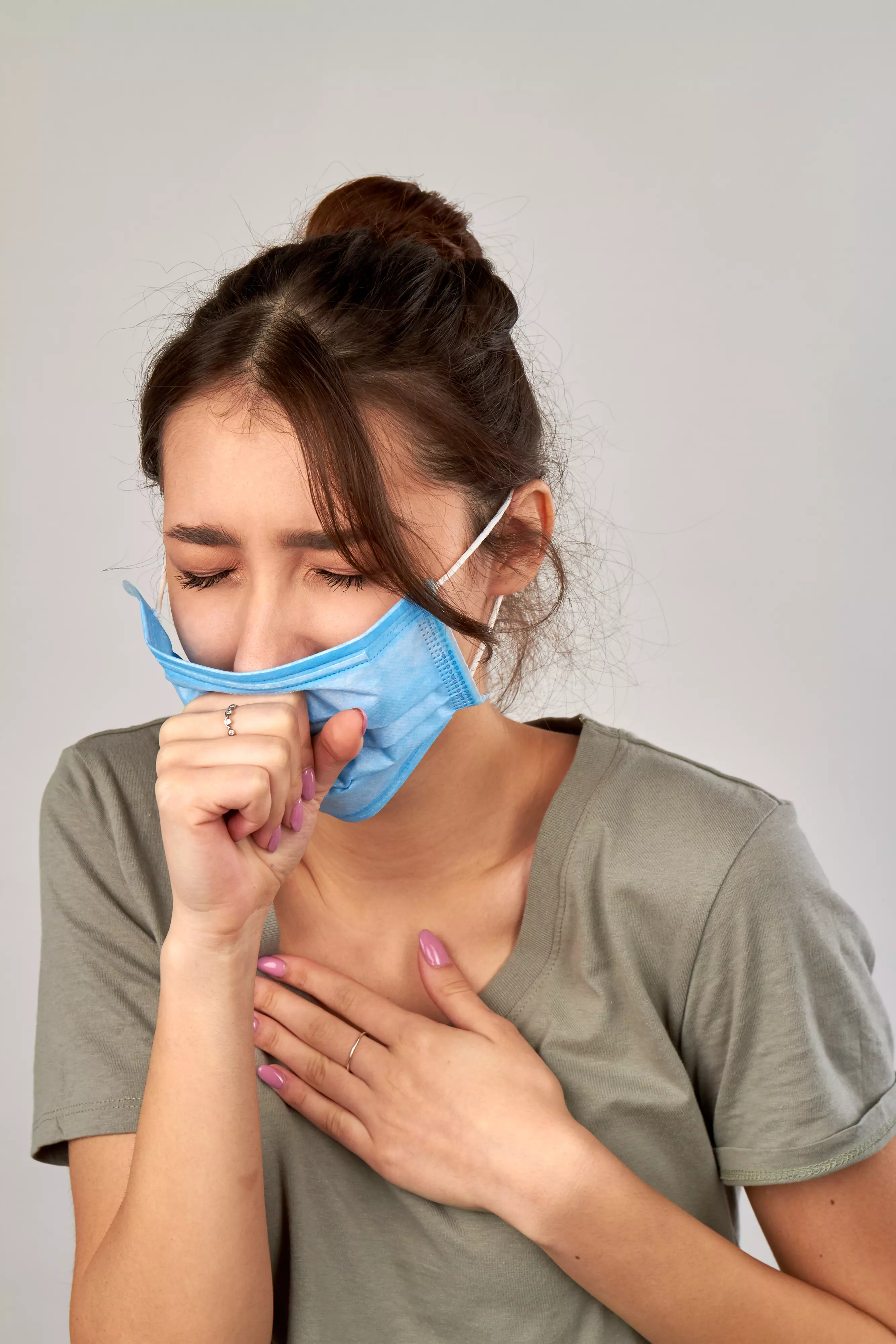Spread of H5N1 among birds a threat to economy
Spread of H5N1 among birds a threat to the economy
The risk of the spread of the H5N1 avian influenza virus among domestic and wild bird populations has increased in recent years. This virus, which has caused several pandemics in the past, poses a serious threat not only to animal health, but also to the country's economy. Therefore, an effective strategy to combat this virus is extremely important.
Symptoms and effects of infection
H5N1 is a virus that mainly affects waterfowl such as geese, ducks and divers, but it can also infect other bird species. Symptoms of infection can vary depending on the type of bird, but fever, difficulty breathing, diarrhea and in some cases even death within days of infection are common.
The consequences of H5N1 virus infection can be catastrophic for both farmed and wild birds. In the event of an outbreak of the virus on a poultry farm, the government may have to eradicate the entire bird population to stop further spread of the disease. Such actions come at a huge cost to poultry farmers and could lead to a shortage of poultry meat on the market, resulting in higher prices and losses to the economy.
Potential for transmission to humans
Although most cases of H5N1 infection have involved only birds, there is a risk that the virus can be transmitted to humans. At least several hundred cases of H5N1 infection in humans have been attached over the past decades, although most of these were the result of direct contact with infected birds.
However, a phenomenon such as virus mutation poses a major threat to human health, especially if the virus mutates in a way that allows it to transmit from person to person. Such a scenario could lead to a global pandemic, similar to that seen with the Spanish flu in the 1920s.
The role of breeders in preventing the spread of the virus
The responsibility in combating the spread of the H5N1 virus lies primarily with poultry farmers. Farm owners must follow strict bioassurance procedures designed to minimize the risk of infecting birds. These procedures include separating the flock from wild birds, systematically cleaning and disinfecting the farms, and limiting access of strangers to the farm.
It is also worth noting the importance of properly training farmers to identify signs of infection and report potential cases of the H5N1 virus. The sooner we notice and act in the event of infection, the greater the chance of minimizing damage.
The role of government in combating the H5N1 virus
Governments around the world play a key role in preventing and combating the spread of the H5N1 virus. Developing and implementing effective bioassurance strategies and establishing appropriate structures and procedures for inspecting poultry farms are critical to maintaining bird safety and protecting the economy.
In addition, monitoring of wild bird populations and regular vaccination of poultry farms are key to preventing an outbreak of H5N1 viraemia. Governments should also invest in research into new methods of controlling the virus and monitor the situation on an ongoing basis to adapt their strategies to changing conditions and risks.
Summary
The spread of the H5N1 avian influenza virus poses a serious threat to birds and the economy. Symptoms of infection can lead to huge losses in poultry farming, and the possibility of transmission of the virus to humans is an additional difficulty. Farm owners and governments have a key role to play in preventing and controlling this virus by following strict bio-insurance procedures, monitoring bird populations and investing in research. Only by working together can we protect both animal health and the stability of the country's economy.